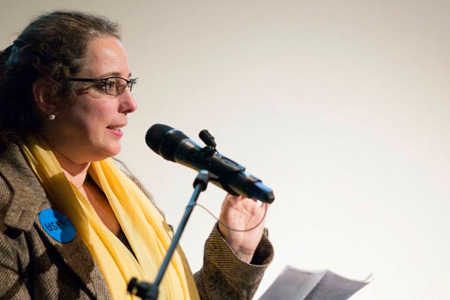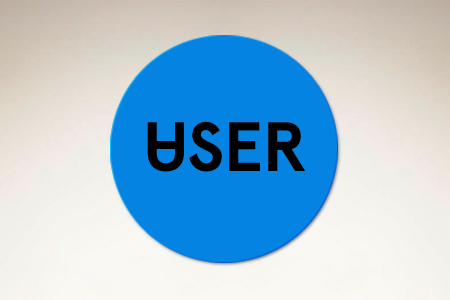Museum Of Arte Útil
Interview Tania Bruguera


Museum of Arte Útil is initiated by the artist Tania Bruguera, developed with the Van Abbemuseum and constructLab and realised by its users.
Nick Aikens (NA), curator Van Abbemuseum: What is Arte Útil?
Tania Bruguera: The útil in Arte Útil means not only the beneficial things that art can produce, or the concrete beneficial outcomes for its users, but it means art as a tool for social change.
NA: Could you talk about the criteria for Arte Útil?
TB: I previously had an idea of what Arte útil was but when I needed to share with other people the selection process we formulated the eight criteria. The first deals with re-thinking a new use for art in society. Because Arte Útil has two aspects – one is which to propose a new way in which art can be used for something else, but also how to use all the benefits art offers so you are able to do things that otherwise you cannot do. The last criteria deals with aesthetics – so we are claiming that aesthetics is part of a transformation process – that is an integral part of a much larger process.
NA: Why do you want to name a movement as an artist? Aren’t you against a canon of art history, why do that inside a museum?
TB: To call it a movement is to acknowledge it is not a new practice – and this is not my own personal practice, it has a history. In 1981 there was an exhibition called Useful Art in the Queens Museum in New York – but the way they saw the usefulness of art was via the beatification of already useful art objects. In our case we are trying to hi-light what we call ‘aes-ethics’, which is the beauty of the ethics that is generated in the process of working in the real and with change. I was looking for a way or form to bring the conversation to a level where it would involve more people and the museum is the place to do that.
NA: What does it mean to bring practice that happens in the world, outside galleries, into the museum?
TB: I think institutions are more and more interested in dealing with this type of production and with social practices. But, you are right, what does it mean to institutionalize a living work? Some people have asked me ‘why do you need to do a museum’. It’s precisely to have the debate with the museum and artists about the challenges when inevitably this type of work becomes institutionalized.
NA: You are an artist who has introduced the term Arte Útil. What is the difference for you as an initiator of a project like this and creating your own work?
TB: The first thing to say is that the first time Arte Útil was used was in the manifesto of Eduardo Costa, an Argentinian artists who in the 60s wrote a manifesto, which was the description of a work he wanted to do in the streets. So I didn’t create the term, I’m actually trying to amplify its use. As a practitioner you are constantly confronted with ideas of authorship. Here the author has changed into what we call the initiator, meaning my role is not to carry this idea all the way through, but to present it and to start a conversation. Hopefully, if to goes well, more people engage and it continues through the users of the project.
NA: Lastly I would like to ask if you think all art should be Útil?
TB: As propagandist in chief I would say yes, of course! Seriously, I think in 2013, 13 years into the 21st century, most of the work we think about or produce still uses ways of thinking about art from the 20th century. So hopefully yes – all art should strive to be Útil!